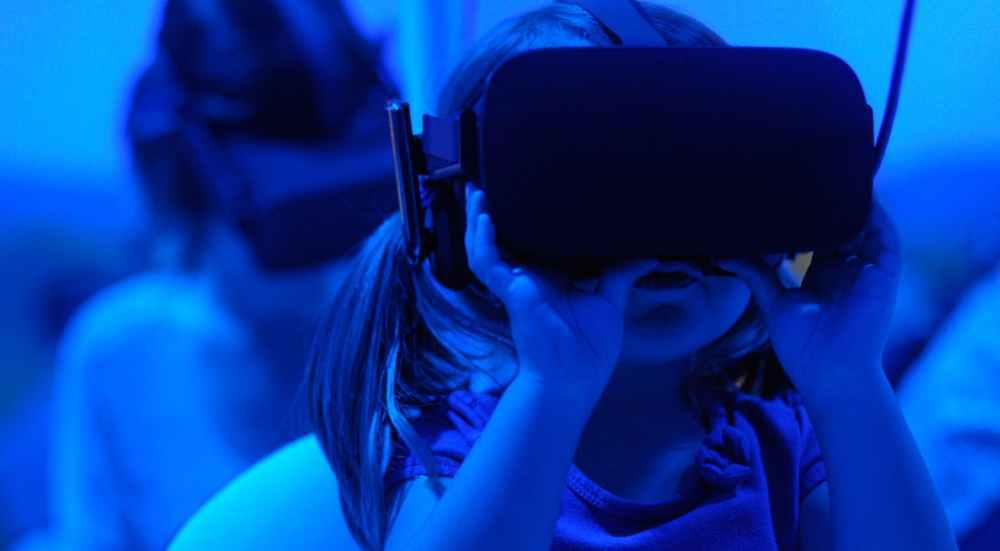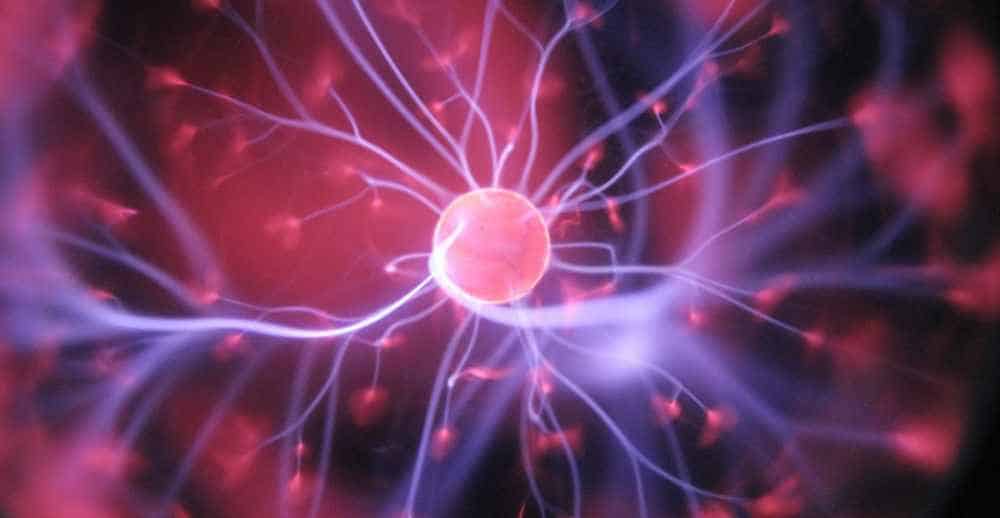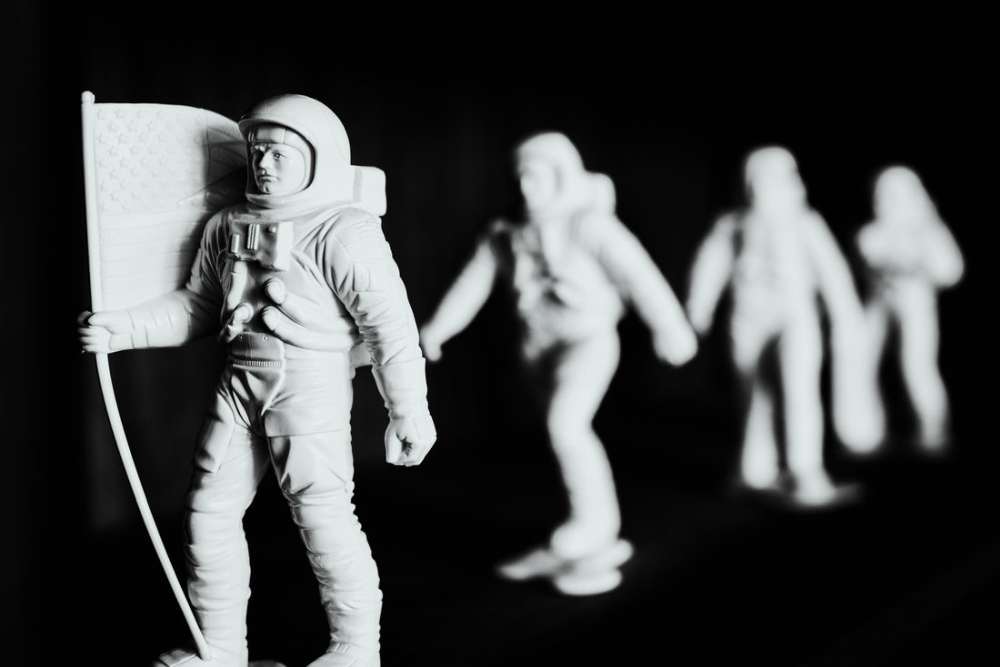At the turn of the 20th century, the world began to look like the future. Rapid development meant a greater need for an educated populace. Machinery needed to be operated and factories needed to be maintained. Due to this rising demand, Britain created a model in which it would teach the average person to carry out the task necessary for that time – and for a while it worked.

However, it’s no longer the 1900s and we now know that we learn in different ways. The rapid advancements in technology, medicine, and commerce are growing so fast that what we need is a whole new reality to filter out information that is key to our development as workers, but more importantly as humans. Virtual environments that play to our strengths as sensory beings will leverage our strengths allowing us to become better at learning, doing and living.
” A wealth of information creates a poverty of attention “
Herbert Simon
The massive transformation we’re about to experience
Let’s begin by understanding why VR in education and learning will be so transformative. In the beginning information moved slowly. Oral history or word of mouth. Then we began to etch on stone, and then we moved to writing on lightweight papyrus scrolls, paving the way for modern paper.
Once it was understood that we could hold a lot of information about a particular topic on a lot of papers — aka books. We began writing them at an immense pace so that our knowledge didn’t go to the grave with us. Remember the length of life wasn’t as long as it is today so an early death was a big deal. Anyway, it wasn’t enough so we invented the press to make even more books and in effect even more knowledge.

When computers came around, storing and accessing information became 100x easier, and with the creation of the internet and more notably the search engine – information literally came to the tips of our fingers. Welcome to the information age!
Early Childhood learning
Most of who we are, or the self that we understand ourselves to be is really the behavioral programming we received as children.
Listening and speaking skills
Children learn how to communicate using the stimulus of those around them. By listening children will begin to mimic what they hear to convey simple needs, or storytelling their actual or imagined experience.

Giu Vicente – Girl using VR goggles
We all know how hard it is to keep the attention of a young child, the immersion of depth and the ability to create entertaining virtual learning environments will allow for a longer duration of focus.
Building real experiences
One of the best ways of learning is to process information in the real world as you see it through your eyes. That’s why class trips are so crucial. However, the negative part is that those memories will soon begin to fade if the neural connections of that experience are not made stronger. With ClassVR children can step back and re-live the excitement of the experience. This offers the potential to strengthen and build upon knowledge from any location.
See It to believe it

If I asked you to describe a tree it would probably be fairly easy for you to point out the details if you’ve previously seen a tree. What if I asked you to do this and you were born in an underground bunker never to have seen a tree in your life? Well chances are you would have a pretty hard time.
This is why VR can immensely help to solidify understanding instead of memorization. If a student hasn’t seen an ocean, or gazed at a mountain – details about location size, significance won’t mean anything to that student and random facts about these objects will soon be forgotten.
VR and AR solves these issues with the added benefit of fostering the imagination of children – allowing them to follow their interests. Think of this as an internet rabbit hole but one that stimulates young minds to discover where their interest and perhaps purpose lies.
Augmented and Virtual Reality In Grade School
Context is key
Think back to time you were in say 5th or 6th grade. Could you confidently sit down and re-write a test? Or critically analyse the prose in Shakespeare? I’m gonna guess that those chances are null.

Context creates meaning for the things that we learn – in turn we’re able to better understand the information because it has greater meaning to us, which ensures that we can more easily retrieve it from our memory.
Supporting needs
One size does not fit all, nowhere is the case better for this than in education. Each brain is as different to another as is one snowflake to its counterpart. VR and AR present the opportunity to give those students with specific educational needs means to flourish.
Imagine having the ability to record an immersive video of a school trip destination before going. Giving students with autism or integration challenges the ability to become comfortable with a new environment.
Logic
One study in the 90s asking a group of 5 graders to solve a simple math problem:
” There are 26 goats and 10 sheep on a boat. How old is the captain of the boat?”
The most common answer to this question turned out to be 36, followed by 16, and one surprising case of 260. You may think of this as comic, but the students in this example are actually fairly bright. Here is a quote from one of the students
” With this type of problem you usually add, subtract, or multiply and with this one it seemed best to add ”
The point is that the system of education has many pitfalls in the way that it presents information. Oftentimes relying on memorizing for short periods of time instead of fundamental understanding that relates to the real world.
While abstraction begins to make sense when we grow our understanding within a given subject, we need concepts that are easily digestible when we’re beginning to learn. By using a framework that offers a meaning in context and illustrates a beautiful picture of what we’re trying to learn we can deconstruct challenging concepts into manageable blocks that will be stacked to build our knowledge
VR and AR in Further and Higher Education

Because of funding and teaching talent, universities have had the privilege of staying on the cutting edge of technology. With virtual and augmented reality as the current frontier it could be that VR and AR sets will become as common and popular as laptop computers are at the moment.
Beyond using simulated environments to look inside a body of a patient – those interested in studying and understanding will have the ability to experience the world from the perspective of an elderly patient with dementia. Having a deep level of insight will create a more holistic education for the medical student.
Spatial memory
Higher education in both undergraduate and graduate studies, masters, and PHD programss require that you absorb a ton of information in a relatively short amount of time. As a result, approaches to studying have been developed to allow students to cope with the high bandwidth of information being thrown at them.
A memory palace or mind palace, is one of these mnemonic devices that uses our spatial memory as a structure in which to place arbitrary facts which you may later be able to recall with greater ease because they now have a greater context in a physical environment.

Like in this example. Each amphibious creature will be easier to remember because of its relation to a physical space. When you want to recall of these creatures, you imagine the room and where everything is. Most of us would have no trouble remembering the layout of our homes because we’re so used to its physical layout. The same principle applies here. Thanks to Virtual Reality we will now have the ability to reference and recall information in a far more optimal way than we do now.
Vocational VR Training
There needs to be direct experience that can’t be taught in a lecture. The 360 degree offering of VR or AR will allow engineers and mechanics to view the workings of an engine without having to be present in the lecture hall.
Media and Arts Applicaiton
Fields of Technology and science aren’t the only ones that will reap the benefits of VR. In fact, immersive 360-degree photography and videography are quickly becoming the biggest application of VR and AR technology.

Alternatively, this gives today’s students and future content creators the ability to build immersive, multi-perspective films — empowering them with the tools to tell stories in novel ways without limiting perspectives.
Internships
A good practice to hedge against future disillusionment is to experience the future that we want. VR will help broaden the exposure to potential careers. By letting students imagine themselves in the shoes of their future selves, the student will be able to understand what it’s like to work in a particular field.
Collaborative learning

As a social species its important for us to be able to communicate and work with others. VR will satisfy this need by allowing students to have social experiences by working together. Using avatars and mapped facial expressions will allow the students to discus, learn, and synthesize together.
The layered benefit is that physical boundaries no longer need to limit these interactions. From Kyoto to Toronto, Brazil to France, Moscow to Singapore – individuals will have the ability to be within one physical virtual space while being on different continents.
If you’re still on the line whether this technology should be used in education check out this video by Vice TV.
To Sum it All Up
Like the radio, the television, and the internet have dramatically altered the landscape of our world, culture and society so will VR. In fact with the rapid advancement in technology compounding in on itself to create exponential growth the Implications for VR are virtually limitless ( no pun intended. )
One thing that is certain is that this technology is here to stay, so what’s important is that we get used to it and make it a ‘healthy’ part of our lives. Technology isn’t good or bad, it can be used as a tool to the detriment or benefit of the user, and if used responsibly than it has far-reaching implications to our education.
